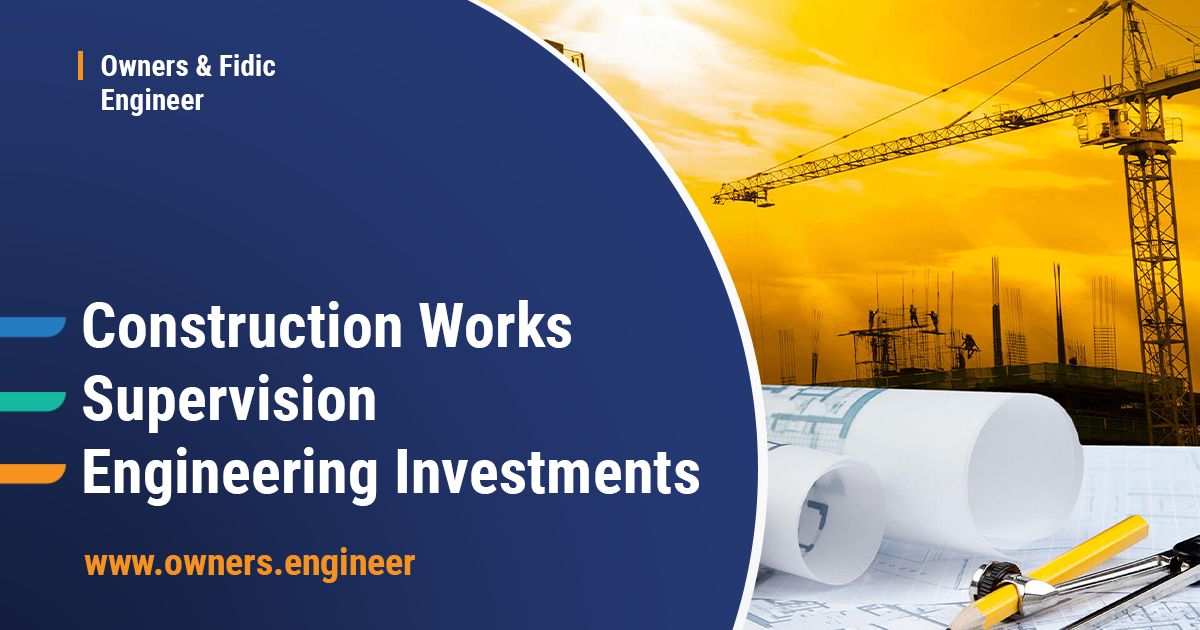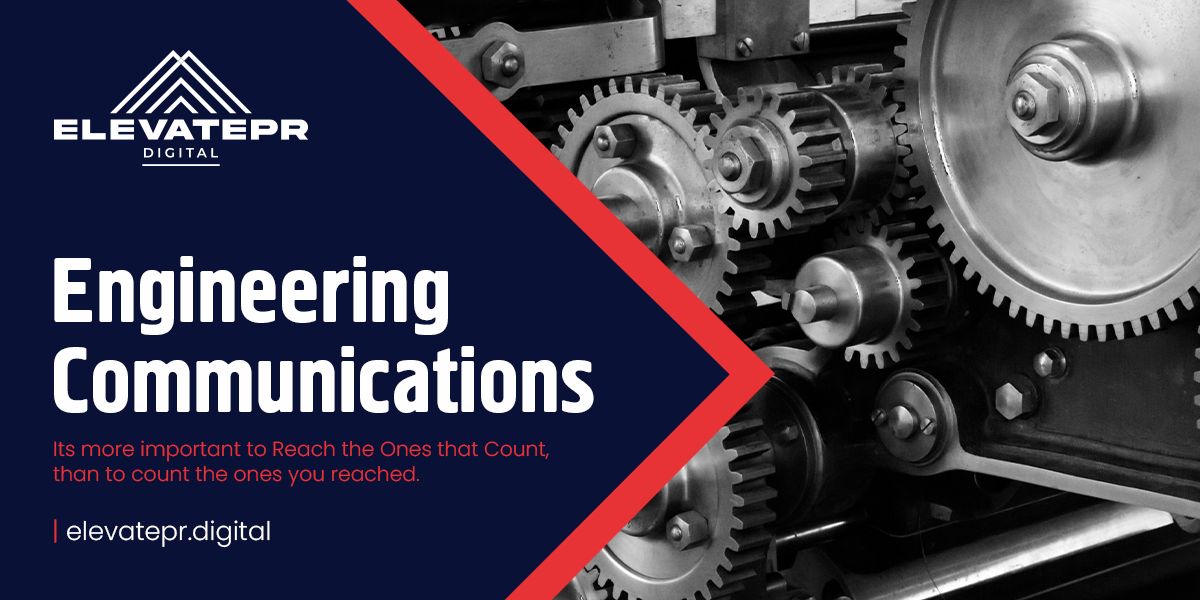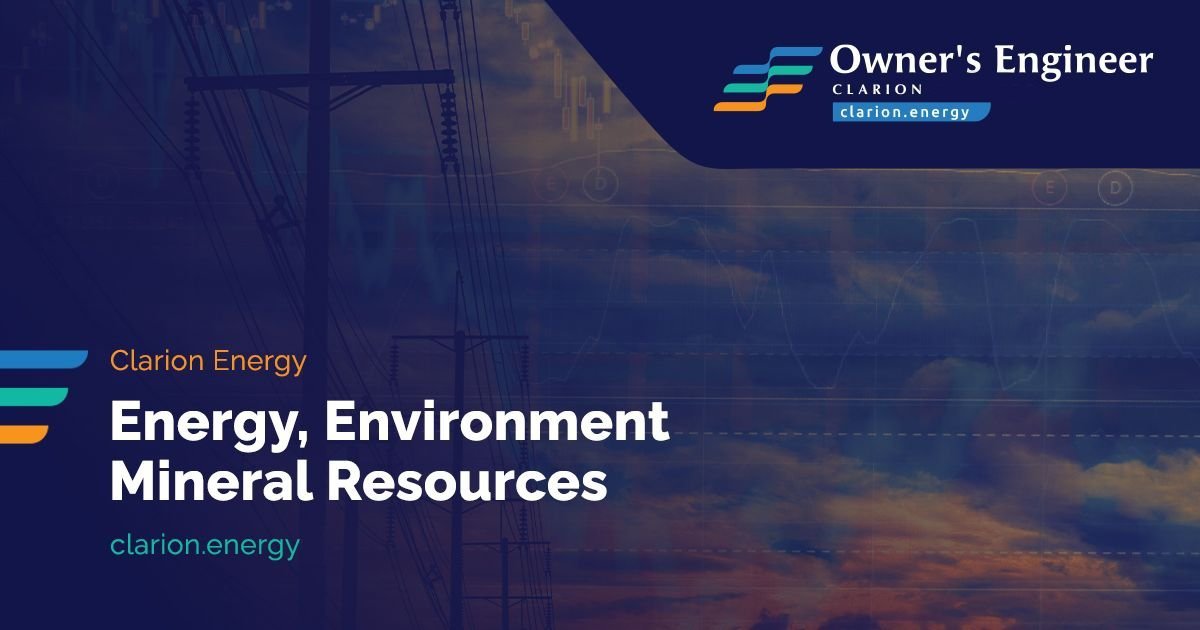Construction supervision is vital for ensuring energy facilities are built to specifications, within timelines and in compliance with regulations. The Owner’s Engineer (OE) is instrumental in overseeing these construction activities, ensuring work quality meets industry standards and aligns with the owner’s expectations. Here’s a detailed overview of the methods used in construction supervision and quality control:
1. Daily on-site supervision
The Owner’s Engineer is tasked with daily oversight of the construction site, which includes:
- Monitoring contractors and subcontractors to ensure compliance with construction plans and schedules.
- Verifying that construction adheres to the Law on Planning and Construction and relevant industry standards (e.g., electrical installations, structural integrity).
- Identifying potential issues or deviations from the design early, allowing for immediate corrective actions.
- Ensuring contractors follow approved safety protocols, environmental measures, and site organization practices.
2. Inspection and testing
Regular inspections and testing by the OE are essential to maintain quality. These include:
- Material testing: Materials like concrete, steel, and cables are tested to meet specifications before use. For example, concrete is assessed for compressive strength, and steel for tensile strength.
- Workmanship inspection: The OE evaluates the quality of work, including installation of structural elements, weld quality and equipment alignment, ensuring durability and functionality.
- Electrical and mechanical tests: Critical for energy facilities, the OE tests electrical systems and mechanical components (e.g., turbines, generators) for proper installation and operation, including continuity and insulation resistance tests.
3. Progress tracking and reporting
The OE tracks construction progress against the project schedule through:
- Daily and weekly progress reports: Regular reports detail completed work, delays, challenges, and upcoming tasks, keeping the owner informed.
- Milestone tracking: The OE monitors key milestones (e.g., foundation completion, major equipment installation) and reports any delays along with recovery recommendations.
- Change management: The OE documents, approves and implements changes to the project plan, minimizing impacts on cost, schedule, and quality.
4. Change management
Managing changes during construction is critical. The OE’s responsibilities include:
- Assessing impact: Evaluating how proposed changes affect project schedule, budget and quality before approval.
- Change approval: Ensuring all changes are reviewed and approved by the project owner, supported by detailed documentation.
- Implementing changes: Coordinating the execution of approved changes, ensuring contractors understand and correctly implement them, while updating project documentation.
5. Quality Assurance and Quality Control (QA/QC)
The OE establishes a comprehensive QA/QC system covering all construction aspects:
- Inspection plans: Developing structured plans defining inspection timelines and methods for project components during major construction phases.
- Document control: Managing records of inspections, tests, and approvals to serve as critical references for compliance and dispute resolution.
- Third-party certifications: Engaging third-party bodies to verify compliance with regulatory standards for specific project components.
6. Safety and environmental compliance
The OE ensures adherence to health, safety and environmental regulations through:
- Safety Audits: Conducting routine audits to confirm compliance with health and safety regulations, including proper use of personal protective equipment (PPE) and emergency response plans.
- Environmental Monitoring: Overseeing adherence to environmental regulations, particularly for projects with significant ecological impacts, including emission control and waste management.
7. Contractor performance and issue resolution
Monitoring contractor performance and resolving issues are key tasks for the OE:
- Contractor performance monitoring: Ensuring contractors meet quality standards, timelines and contract terms.
- Issue resolution: Addressing problems that arise, such as equipment malfunctions or safety violations, by collaborating with contractors for quick resolutions or escalating issues to the project owner as necessary.
The Owner’s Engineer plays a critical role in maintaining construction supervision and quality control throughout the project lifecycle. By rigorously overseeing contractors and ensuring compliance with quality, safety and regulatory standards, the OE helps deliver energy facilities that meet high reliability, performance and sustainability standards. Regular inspections, effective change management, and progress tracking safeguard the owner’s interests while keeping the project on track and within budget.
Powered by
www.clarion.engineering












